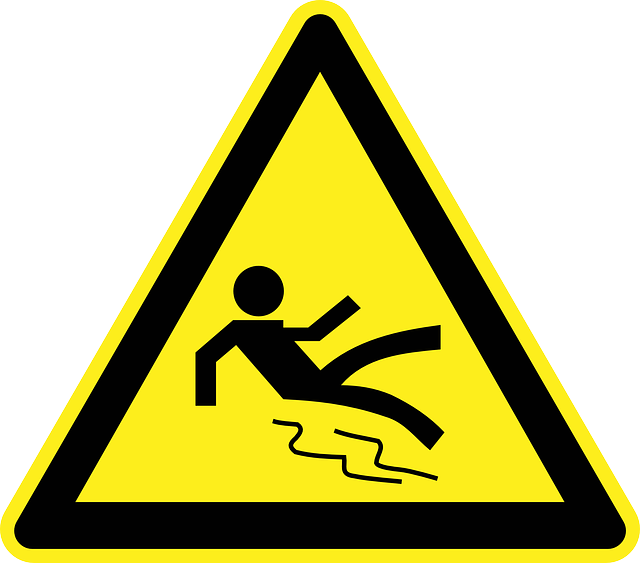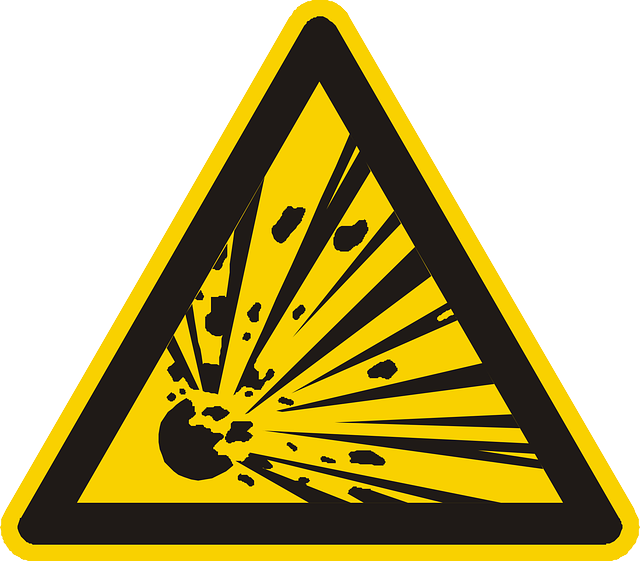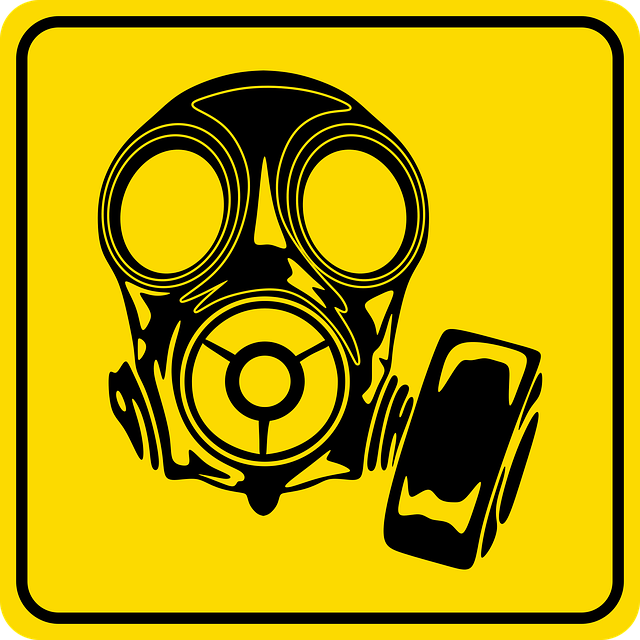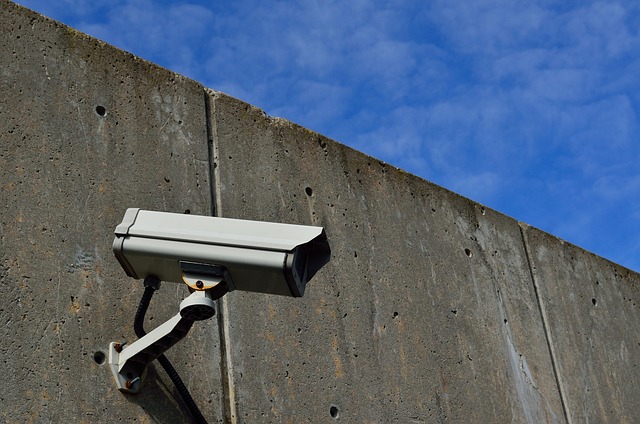In today's digital era, protecting sensitive data and critical infrastructure requires robust safety officer credentials. Comprehensive background checks and continuous verification ensure professionals maintain high standards of integrity and competence. This process involves verifying educational backgrounds, specialized knowledge in areas like risk assessment and emergency response, and relevant certifications. Challenges include the vast number of certifications, evolving industry standards, and technological advancements facilitating fraud. Effective solutions require advanced authentication tools, biometric identification, and meticulous database cross-referencing. Regularly updating credentials through training and resources enhances organizational security posture, fostering a culture of trust and accountability.
In an era where security threats are ever-evolving, verifying the credentials of security professionals is paramount. Ensuring that guards, safety officers, and cybersecurity experts possess valid, up-to-date licenses and certifications isn’t just ideal—it’s critical for operational integrity and liability. This comprehensive guide explores the significance of verified credentials, delves into the roles and responsibilities of security professionals, and provides a step-by-step verification process to help organizations navigate the challenges of maintaining a secure professional network.
- Understanding the Importance of Verified Credentials
- The Role of Security Professionals and Their Licenses
- Comprehensive Verification Process: What to Look For
- Common Challenges in Credential Validation
- Implementing Effective Verification Systems
- Best Practices for Maintaining a Secure Professional Network
Understanding the Importance of Verified Credentials

In today’s digital era, where security threats are ever-evolving and sophisticated, having verified safety officer credentials is paramount. Organizations cannot afford to overlook the importance of thorough background checks and ongoing verification processes for their security professionals. Verified credentials ensure that individuals entrusted with safeguarding sensitive information and critical infrastructure meet the highest standards of integrity, competence, and professionalism.
This meticulous verification process plays a crucial role in mitigating risks associated with insider threats and human errors. It helps organizations identify qualified individuals who possess not just theoretical knowledge but also practical experience in dealing with diverse security challenges. By prioritizing verified safety officer credentials, companies can foster a culture of trust and accountability, ultimately enhancing overall security posture.
The Role of Security Professionals and Their Licenses

Security professionals play a pivotal role in safeguarding individuals, assets, and information. From protecting physical spaces to securing digital networks, their expertise is essential for maintaining order and preventing potential threats. With such high-stakes responsibilities, it’s crucial that organizations verify the licenses and credentials of these professionals to ensure they meet the required standards.
The licenses and credentials of safety officer credentials serve as a testament to their training, skills, and knowledge in various security disciplines. These include certifications in areas like access control, cybersecurity, first response, and risk assessment. Thorough verification processes help organizations identify qualified individuals who can effectively contribute to their security measures, thereby fostering a safer environment for all stakeholders.
Comprehensive Verification Process: What to Look For

A comprehensive verification process is essential when examining the credentials of a safety officer. This involves going beyond surface-level certifications and delving into the specifics of their education, training, and work experience. Look for evidence of specialized knowledge in areas like risk assessment, emergency response protocols, and security system design. Additionally, verify any relevant advanced training or professional development courses they have completed, as these can indicate a deeper understanding of industry best practices.
Key aspects to scrutinize include the recognition and accreditation of the institutions providing their education, the relevance of their degrees or diplomas to safety officer roles, and the dates of completion to ensure their skills are up-to-date. Moreover, examine the details of any security licenses they hold, such as permits for carrying firearms or specialized certifications in areas like surveillance or cybersecurity. Cross-referencing these credentials with their work history can offer a holistic view of their capabilities and preparedness to handle safety responsibilities effectively.
Common Challenges in Credential Validation

In the realm of security, ensuring the validity and integrity of safety officer credentials is a complex task. One of the primary challenges lies in the vast array of certifications and continuous changes in industry standards, making it difficult to keep up with the latest requirements. This issue is exacerbated by professionals who may hold multiple qualifications from various organizations, each with its own verification process. As such, employers or clients often struggle to cross-reference and confirm the authenticity of these credentials.
Another significant obstacle is the potential for fraudulent documentation. With advancements in technology, falsifying certificates and identification has become easier. Skilled imposters may create convincing fake safety officer credentials, posing a serious threat to security protocols. Effectively distinguishing genuine from counterfeit documents requires robust verification methods, including checking with issuing bodies and employing advanced authentication tools.
Implementing Effective Verification Systems

In today’s digital era, verifying the credentials and licenses of security professionals is more crucial than ever. Organizations must implement robust verification systems to ensure that those entrusted with safeguarding their facilities are qualified and competent. This involves going beyond simple paper checks and delving into comprehensive databases, cross-referencing with reputable industry sources, and employing advanced technology like biometric identification.
By integrating these measures, employers can establish a meticulous process for screening safety officer credentials. Such systems not only deter fraudulent activities but also foster trust among clients and stakeholders. Effective verification enhances the overall security posture of an organization, providing peace of mind that only qualified individuals are granted access to sensitive areas and critical information.
Best Practices for Maintaining a Secure Professional Network

Maintaining a secure professional network is paramount for any organization, especially those employing safety officers and other security professionals. One of the best practices involves regular, thorough verification of each individual’s credentials. This includes checking the validity of certifications, licenses, and any ongoing educational requirements to ensure they remain current and relevant. A robust verification process can help weed out unqualified individuals, enhancing the overall safety and security posture of the organization.
Additionally, fostering an environment that promotes continuous learning and professional development is essential. Encouraging safety officers to stay abreast of industry trends, new technologies, and evolving best practices ensures they possess up-to-date knowledge and skills. Regular training sessions, workshops, and access to relevant resources can significantly contribute to maintaining a secure professional network by keeping everyone on the same page and prepared to face emerging security challenges.
